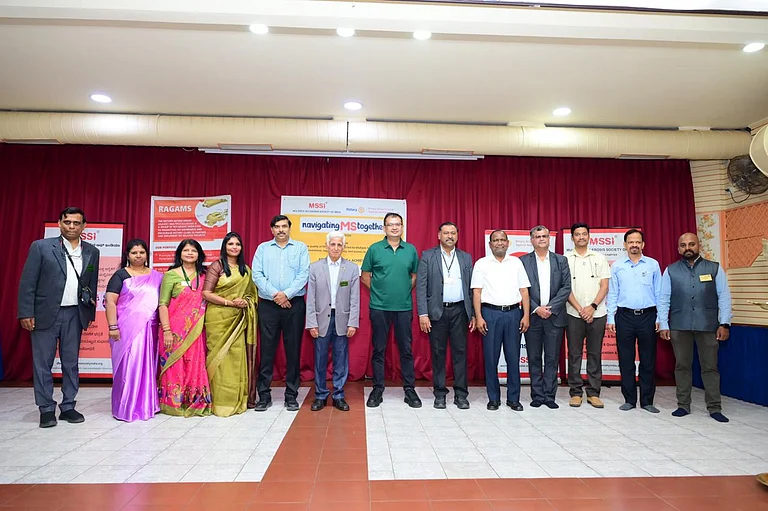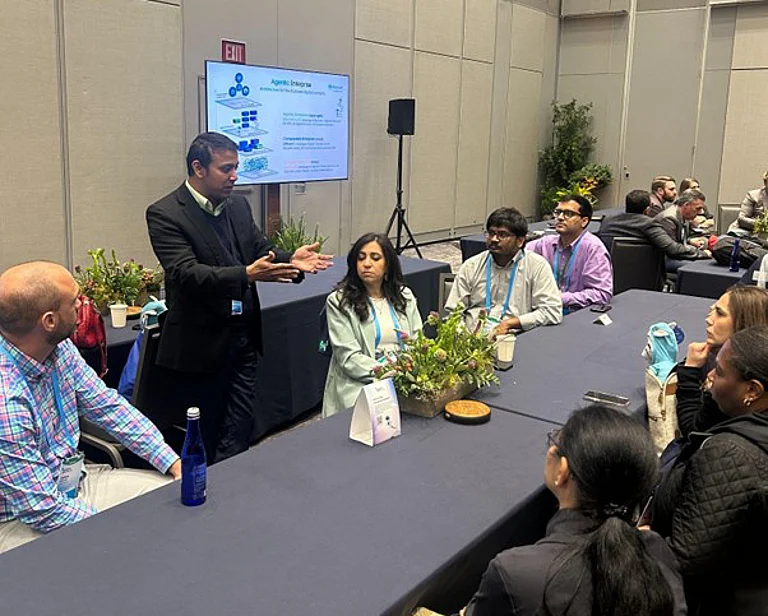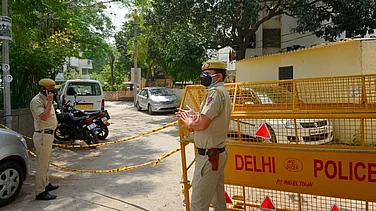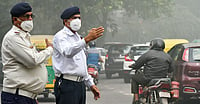The Government of India, in accordance with the Global Indices for Reforms and Growth (GIRG) mandate, appointed Niti Aayog as the nodal ministry for a first-of-its-kind Multidimensional Poverty Index (MPI). Based on the latest National Family Heath Survey NFHS-5 (2019-21), the second edition of MPI presents India’s progress in reducing multidimensional poverty in the timeline between NFHS-4 (2015-16) and NFHS-5 (2019-21).
The index builds on the Baseline Report of India’s National MPI published in November 2021. The global MPI report is jointly published by United Nations Development Programme (UNDP) and Oxford Policy and Human Development Initiative (OPHI), which joined forces as technical partners.
We have historically measured poverty solely on a monetary basis, completely disregarding the qualitative facets that influence the same. However, against the archival method of assessing poverty based on income, MPI considers an elaborate formula to complement the quantitative index. The index has been in use by the UNDP since 2010 and cuts through three broad elements: health, education, and standard of living.
The MPI is based on the Alkire-Foster methodology. It calculates the depth (intensity) of poverty along with the extent of poverty (the headcount ratio). Following which, the MPI value is arrived at by multiplying the headcount ratio with the average deprivation score among the MPI poor. The index facilitates the estimation of multidimensional poverty at the national, state, district levels and among other disaggregated groups — the clear geographic and demographic distinction helps direct focused policies to counter individual setbacks.
The indicators decided upon by the Inter-Ministerial Coordination Committee set up for MPI and the technical partners include nutrition, child and adolescent mortality, maternal health, years of schooling, school attendance, cooking fuel, sanitation, drinking water, electricity, housing, bank accounts, and assets.
Key takeaways from the report
The report records a significant decline in India’s ‘multidimensional poverty line’ from 24.85 per cent in 2015-16 to 14.96 per cent in 2019-21. It indicates that 135 million people have advanced over poverty between 2015-16 and 2019-21. The review has been cited as a major milestone and a pivotal step towards achieving Sustainable Development Goals (SDG) target 1.2 that aims to reduce “at least by half the proportion of men, women and children of all ages living in poverty in all its dimensions according to national definitions”.
The rural areas witnessed the fastest decline in poverty from 32.59 per cent to 19.28 per cent, while the urban areas saw a reduction in poverty from 8.65 per cent to 5.27 per cent. Among the states to witness a staggering decline in the number of MPI is Uttar Pradesh in the past five years. It’s followed by Bihar and Madhya Pradesh. In UP, 3.43 crore people exited multidimensional poverty. The numbers are 2.25 crore in Bihar and 1.36 crore in Madhya Pradesh.
However, among the 12 indicators, it seldom has improved in the education and health sectors. The major indicator of improvement that is reflected in the report is in people’s standards of living with better facilities and accessibility to sanitary needs, cooking fuel, and electricity.
The Economic Survey of 2022-23 places substantial onus on the varied government schemes that seem to have played a key role in directing efforts towards ameliorating the overall situation. Pradhan Mantri Awas Yojana (PMAY) for housing, Jal Jeevan Mission (JJM) for clean drinking water, Swachh Bharat Mission (SBM) directed at promoting cleanliness, Pradhan Mantri Sahaj Bijli Har Ghar Yojana (Saubhagya) to ensure electricity in every house, Pradhan Mantri Ujjwala Yojana (PMUY) to allocate LPG connections to all below poverty line (BPL) families, Pradhan Mantri Jan Dhan Yojana (PMJDY) to assure affordable access to financial services to all citizens, POSHAN Abhiyaan that has been a key nutritional plan devised for women and children, Samagra Shiksha, an overarching program for school education extending from pre-school to class 12, among others, have been identified as major contributors.
What the report lacks
While the report credits the government for its arduous flagship schemes and the visible work carried out on individual fronts, primarily focusing on the elements employed in measuring the standard of living, it fails to register the effects of the Covid–19 pandemic on poverty estimates. Although the National Family and Health Survey-5 included in the report presents a comparison of NFHS-4 (2015-16) and NFHS-5(2019-21), 70 per cent of the data collected for the latter preceded the pandemic.
The report also fails to capture the economic and social standing of the country in the last two years. And although the report accounts for a faster decline in a reduction in the MPI value in rural areas, the disparity between the rural and urban MDP is still a long way to go.
The review is of paramount importance to the policymakers, state governments, academia, civil societies and citizens to measure both the implication of accustomed policies and the graph of progress achieved through data-driven decision-making and targeted policy interventions. However, the overarching reason remains focused on achieving India’s SDG 2030 goal of 1.2.
The country considers this report a milestone as it aims to reach the anticipated goal before time. As noted by Dr Yogesh Suri, the Senior Adviser at the National Institute of Transforming India, eradicating poverty and hunger hold immense significance for sustainable progress in the context of India’s development. With the aim to eliminate poverty as a part of the 2030 agenda, it deems the effort as a step towards national integration of the Global Sustainable Development Goals that will eventually position India better on global indices.


























